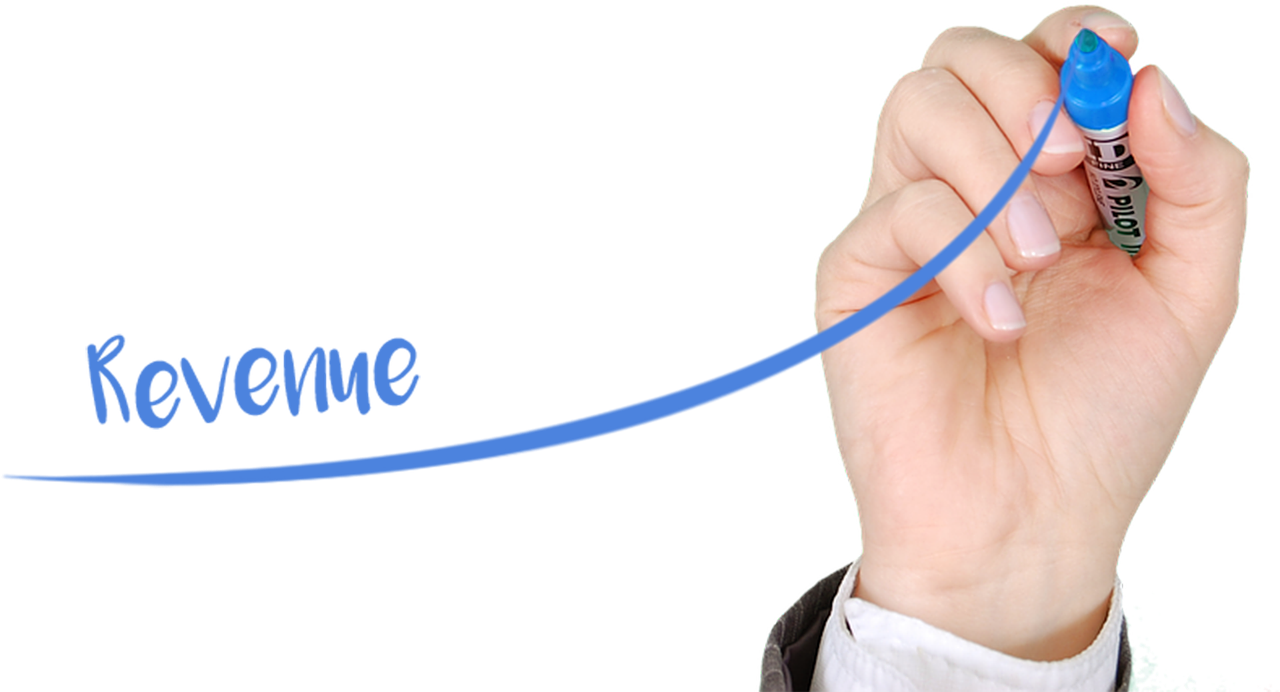
CALCULATING YOUR BREAK-EVEN POINT
Regardless of their specialties, all business owners have a common goal—profitability. But before you can turn a profit, you first have to break even. Spending more money than you are taking in to produce a product or provide a service can quickly deplete your company’s capital. Even if your business has a financial cushion to allow you to operate in the red for a period of time, be conscious of the areas in which losses are occurring and have a plan for steering your company into the black.
As you may already know, the break-even point is the number that must be reached before an investment begins to generate a positive return. To analyze the success of your business, you need to identify the point at which revenues cover expenditures on each of the products and services you provide, as well as on your overall operations. Because these break-even points shift as conditions change, break-even analyses are most useful if performed regularly, such as on a quarterly basis.
Crunching the Numbers
While there are a number of methods for determining a break-even point, one fairly simple approach is to calculate how large the company’s gross profit margin needs to be to cover its fixed costs.
To begin, add up all the fixed costs associated with your business operations, such as rent, payroll (including your own salary), debt payments, insurance, and similar overhead expenses. Next, calculate the gross profit margin on the products or services you sell. The gross profit margin is a financial metric used to determine the percentage of funds left over after deducting purchasing and production costs. The gross profit margin can be calculated on a per-unit basis or by subtracting variable costs from the sales price. The break-even point can then be calculated by dividing your fixed costs by your gross profit margin.
For example, imagine you have calculated your expenses and determined that your monthly fixed costs amount to $50,000. Then, assume your business consists of manufacturing gadgets at $3 per unit and selling them at $10 per unit, giving you a gross profit margin of $7 per unit, or 70%. When your fixed costs of $50,000 are divided by your gross profit margin of 70%, the resulting figure is approximately $71,429. This means you would have to sell 7,143 gadgets in a given month to break even. If sales dip below 7,143 units per month, your business is losing money, whereas any sales above this threshold represent profit.
However, the calculations can become more complicated when multiple product lines are involved or when expenses change frequently. In addition, there are other factors that can affect the financial health of a business over time, such as projected changes in market conditions. Therefore, a break-even analysis can be seen as a basic tool that provides an indication of where a business stands at a given point in time, and it may be best used in conjunction with other financial measures.
Evaluating the Figure
A break-even analysis can provide important preliminary information about the status of your business. If the results of the analysis reveal that your sales are not sufficient to cover expenses, or that your profit margin is smaller than anticipated, there may be ways to lower your break-even point.
Begin by investigating ways to reduce the cost of purchasing or producing your products, or providing your services. Is there another supplier that could provide raw materials at a lower cost? Are there options for production that are more affordable?
Next, think about ways to trim overhead expenses without compromising your operations. Finally, consider raising prices. Small, incremental price increases are likely to be tolerated by your customers, especially if you offer consistently superior quality and service. Implementing small changes in one or more of these areas may enable you to reset your business’s break-even point and move your company toward greater profitability.
